Media | Articles
Gulf blue and orange fueled some of Le Mans’ greatest victories
Behind all the reverence we hold for the Ford GT40—all the stories, all of the iconography—one man ties the whole legend together: John Wyer, the British team manager who made the GT40 what it was. It was Wyer who was asked to join this new project, the one in which Ford would stick it to Ferrari. To Ford Advanced Vehicles, Wyer brought along Carroll Shelby, who had won the 1959 24 Hours of Le Mans for Wyer and Aston Martin.
But building a race team takes time; all race cars have teething problems. After two years of mechanical plagues, Ford got fed up and booted Wyer off the effort. Now, Shelby was in charge, and it worked—the 1-2-3 finish in 1966 proved it.
Wyer didn’t give up, however. He went ahead with his own John Wyer Automotive Engineering team and developed his own race car, the Mirage Mk1, derived heavily from the GT40. And when he enlisted a friend from a certain petroleum behemoth, and started winning races, the legend was sealed.
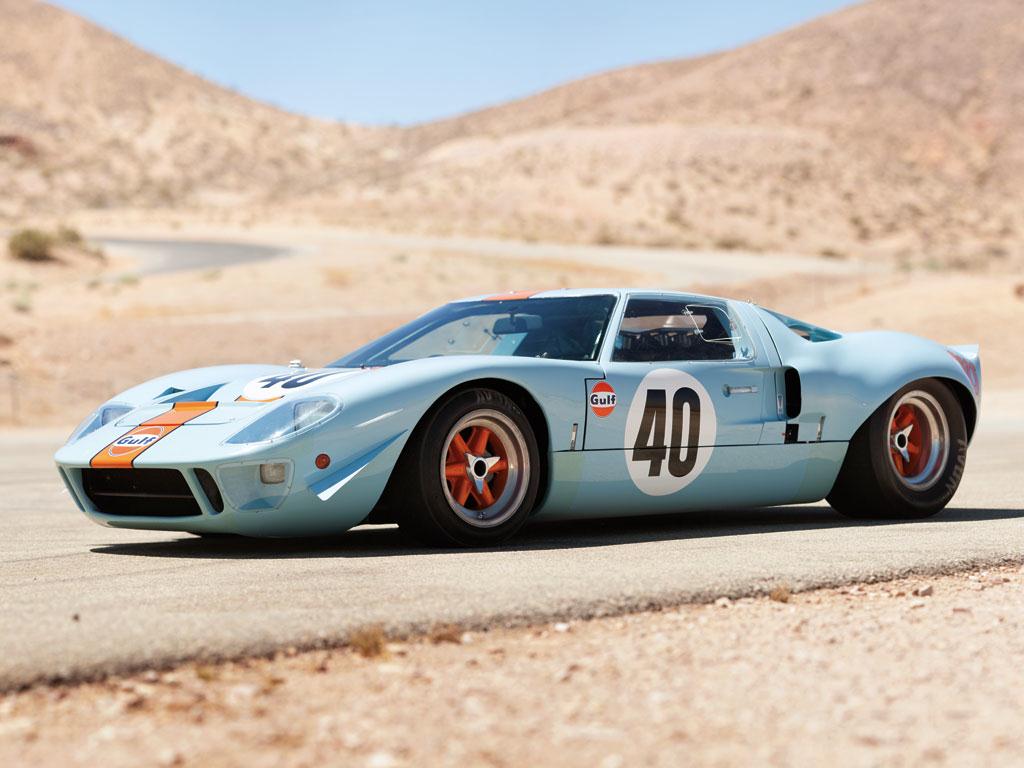
Diametrically opposed colors
In 1966 you could buy a race-ready GT40 for the paltry MSRP of £5200. Adjusted across time and space, that’s about $57000 today. Grady Davis was the vice president of Gulf Oil, and he did just that.
Marketplace
Buy and sell classics with confidence
For the past five years Davis had been supporting a Corvette race team helmed by a certain Don Yenko, soon to be that Yenko—who, before he stuffed nuclear weapons inside Camaros, teamed up with Dr. Dick “The Flying Dentist” Thompson to race a slightly cheater-y Corvette in the SCCA. The duo took victories from Bridgehampton to Lime Rock, Watkins Glen to Road America. Davis used the team as a testbed for Gulf’s fine oil and lubricant products—but he wanted more. His goal was victory in France at the world’s most famous race.
20180426123827)
Davis’ own GT40 was chassis number 1049, a Mk I, converted from a road car. And here, then, was genesis—the first car to wear any semblance of a Gulf livery. It was a very literal paint scheme: it used both colors in the Gulf logo, the orange on the “hamburger,” the blue of the “GULF” text. On the doors and left fender were modest Gulf logos. On the right rear fender, which did not make it into the iconic livery we know, were painted two lucky horseshoes, in orange. It worked: at the 1967 Daytona 12 Hours, Thompson and Jacky Ickx drove it to win its class, placing sixth overall.
Davis met Wyer that same year. Wyer had reengineered the GT40 into the Mirage Mk1 with an even more extreme roofline, aero improvements at the rear, and the GT40’s engine enlarged to 5.7 liters. Wyer had Davis’ ticket to France, while Davis had the sponsorship cash. The friendship paid off. The Mirage’s only victory came at the 1000km at Spa, with Thompson and Ickx again driving. Just three Mirages were built, and just one survives today. Like its siblings, it wears the blue and orange, this time distilled into the two colors seemingly burned into our brains, tugging at some near-unexplainable aesthetic concept.
In art theory, blue and orange are split-complementary colors, diametrically opposed on the color wheel. The clash generates tension and a certain dissonance that strikes directly at our reptilian brains. So many logos, photographs, school colors, dramatic movie stills, and their posters make use of the blue/orange divide unto cliché: the cool and the warm, the soft and intense; day and night, heaven and hell intertwined. It helps that the pale light blue contrasts so well against such a vivid orange, making the Gulf colors so simple, and therefore so appealing—and also generating enough surface area for the predominantly orange Gulf logo to shine. It also helps that the cars so equipped kicked so much ass.
20180426124134)
Gulf GT40 … and 917K
Wyer went back to Le Mans. By now, Shelby American had brought the GT40 back-to-back victories, but now Ford was done racing. Now, it was up to the privateers, and Wyer had free reign. Now all of his GT40s wore Gulf.
In 1968, Lucien Bianchi and Pedro Rodriguez drove GT40 chassis number P-1075 to victory through the cold and rain, conditions where Rodriguez excelled—the greatest Formula One driver in the wet. The next year, Ickx and Jackie Oliver drove for Wyer. That year, Ickx protested against the traditional Le Mans start by casually strolling to P-1075, strapping in properly, taking his time. He would make up for it. (Minutes later, the British driver John Woolfe hustled out of the straight in his Porsche 917, crashed at Maison Blanche, and was thrown out and killed—he hadn’t buckled his seatbelts.)
Ickx and Oliver won. They had fought off Porsche’s 908 back and forth for three hours, crossing the line a mere 100 yards ahead. Chassis P-1075, resplendent in blue and orange, became the only single car to win at Le Mans twice.
20180426125342)
After the 1969 race, Wyer switched to Porsche. It took Wyer’s own hand to tame the long-tailed 917, but once he did, it worked beautifully. The Gulf livery stayed. In the rain at Brands Hatch, Rodriguez flew from 12th place to second in less than half an hour. He won by five laps. At the 1000km at Spa, Wyer’s 917K won with Jo Siffert and Brian Redman. But Le Mans would elude the team, which failed to finish the 1970 race and came in an agonizingly close second in 1971.
No matter: the legend was sealed. Which legend? The GT40, with its ass-kicking underdog mission, or the 917K, with its Steve McQueen connection placing the Gulf up front and personal? Why not both?
20180426123939)

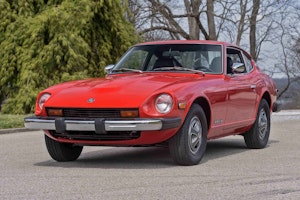
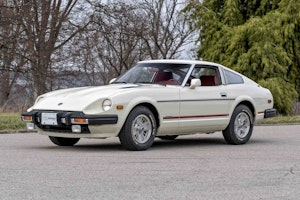
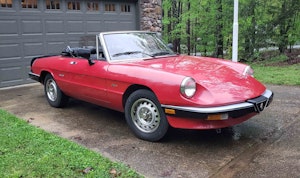

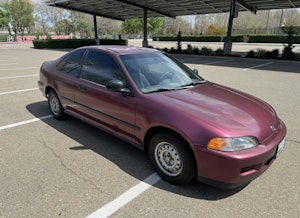




were they sold as a production car? When I was about 10 years old I saw one for sale for about 7,500 dollars that was 49 years ago in Sioux Falls South Dakota. Curious It was breath taking at 10 years old.